Discovering a Passion for Bats: Internships at Kasanka National Park
Bats are among the most fascinating yet misunderstood creatures in the natural world, and for many conservationists, a single experience can ignite a lifelong passion
During both weeks of our workshops, we encountered periodic rain showers, keeping the normally hot, dry-season temperatures far more comfortable than anticipated. The downside was that we had poor netting results on three nights during the second week. We shared the forest with some interesting characters, such as a black jaguar, which fortunately left us alone, though it likely observed our activities. This one was photographed on a trail camera near one of our netting sites.
We set up a triple-high mist net almost every night, both weeks.
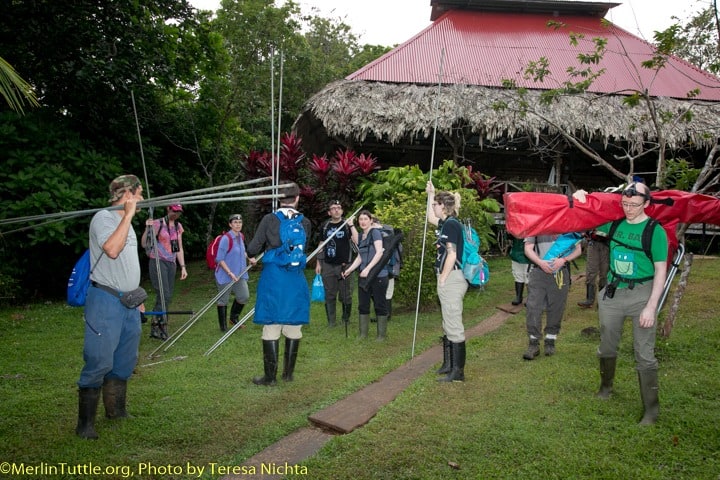
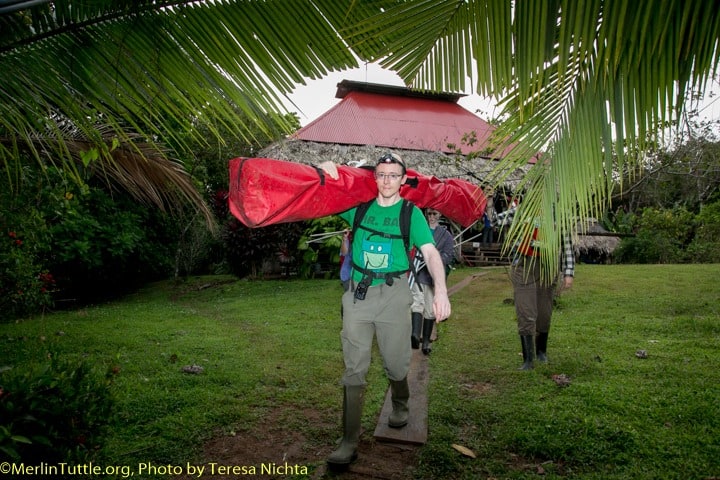
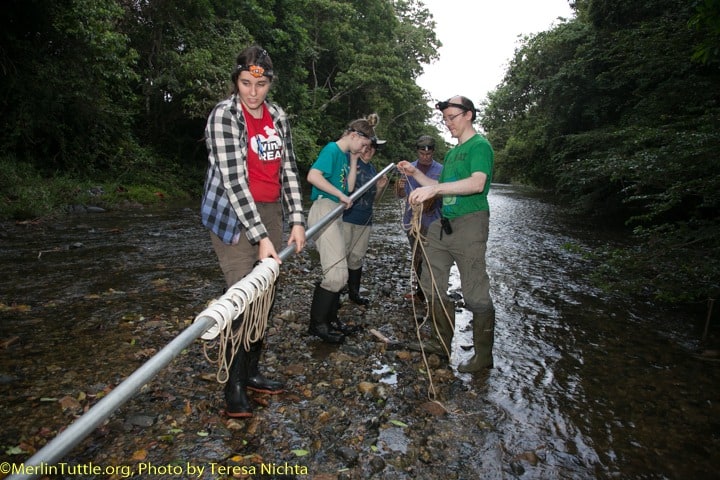
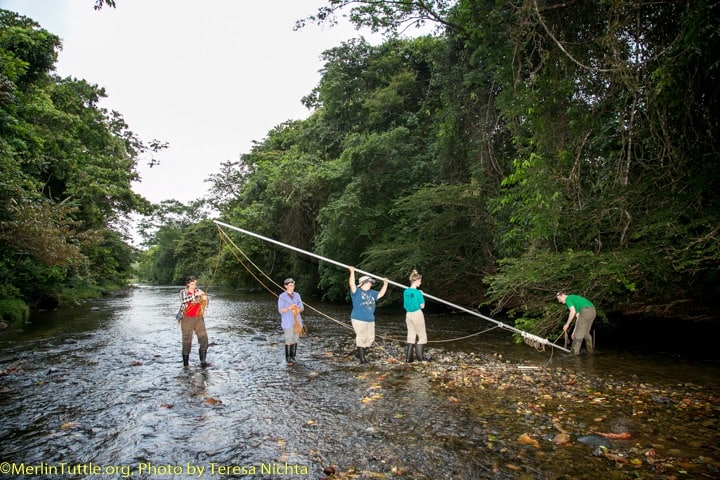
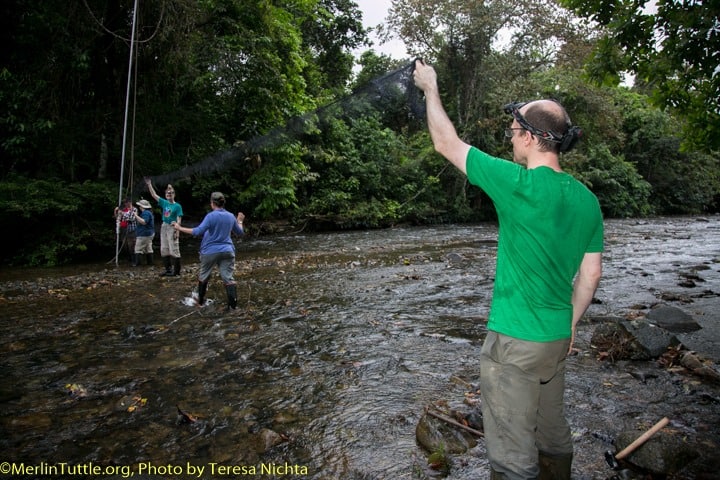
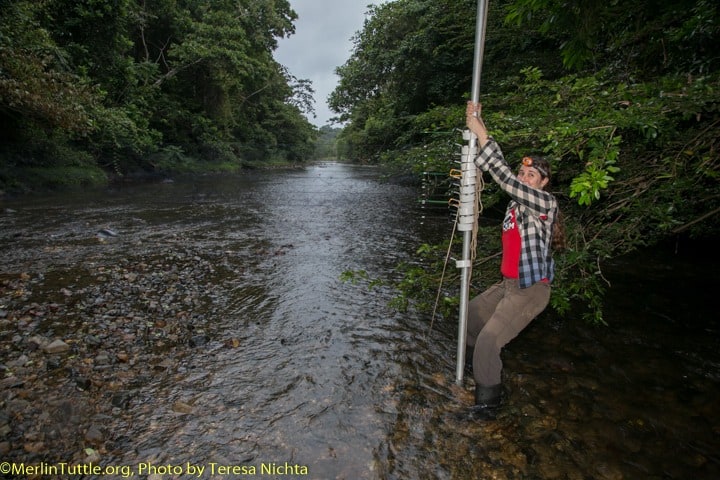
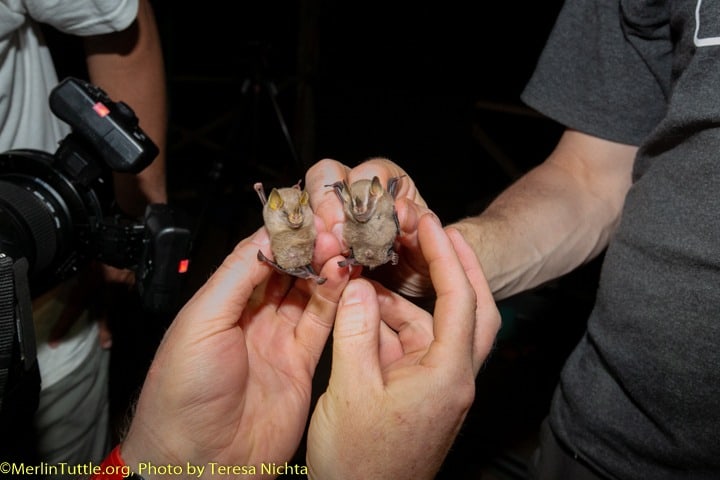
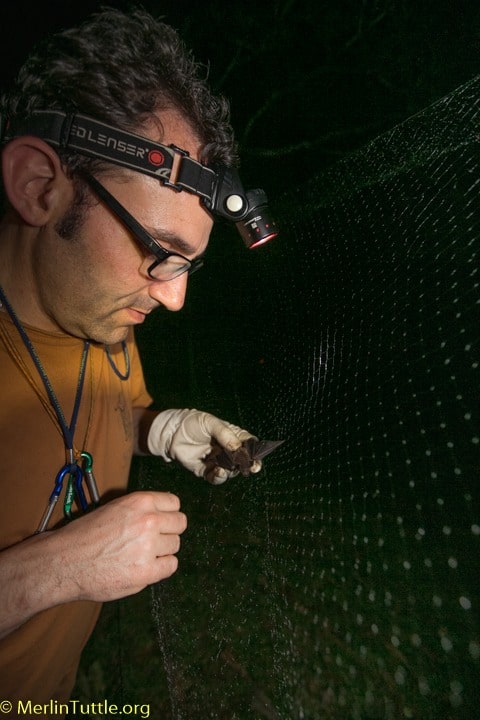
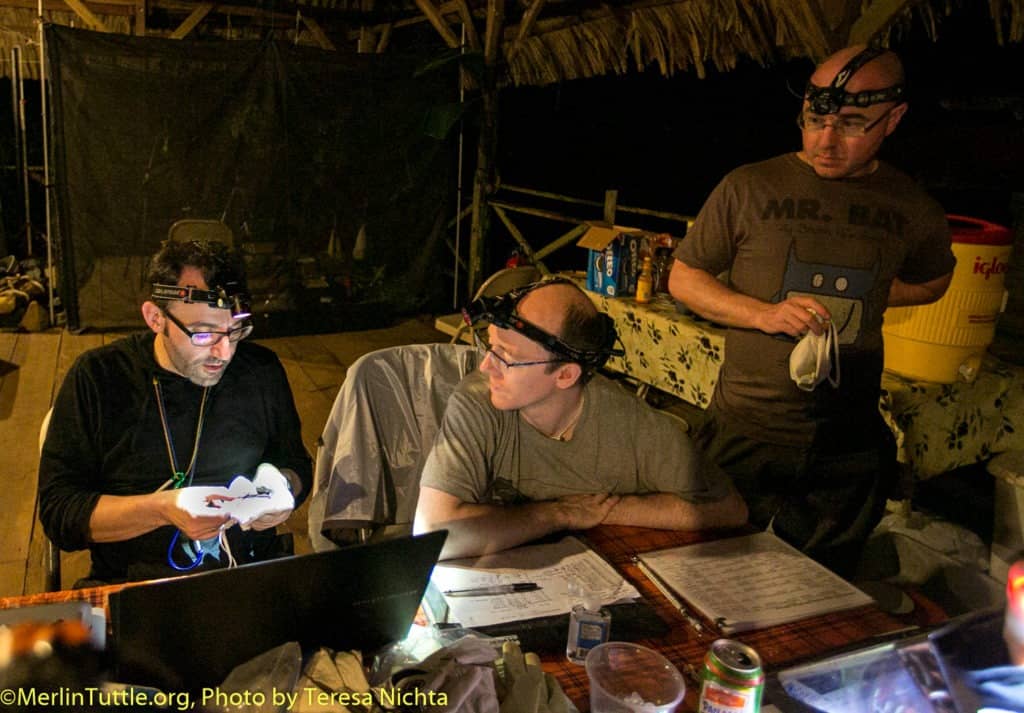
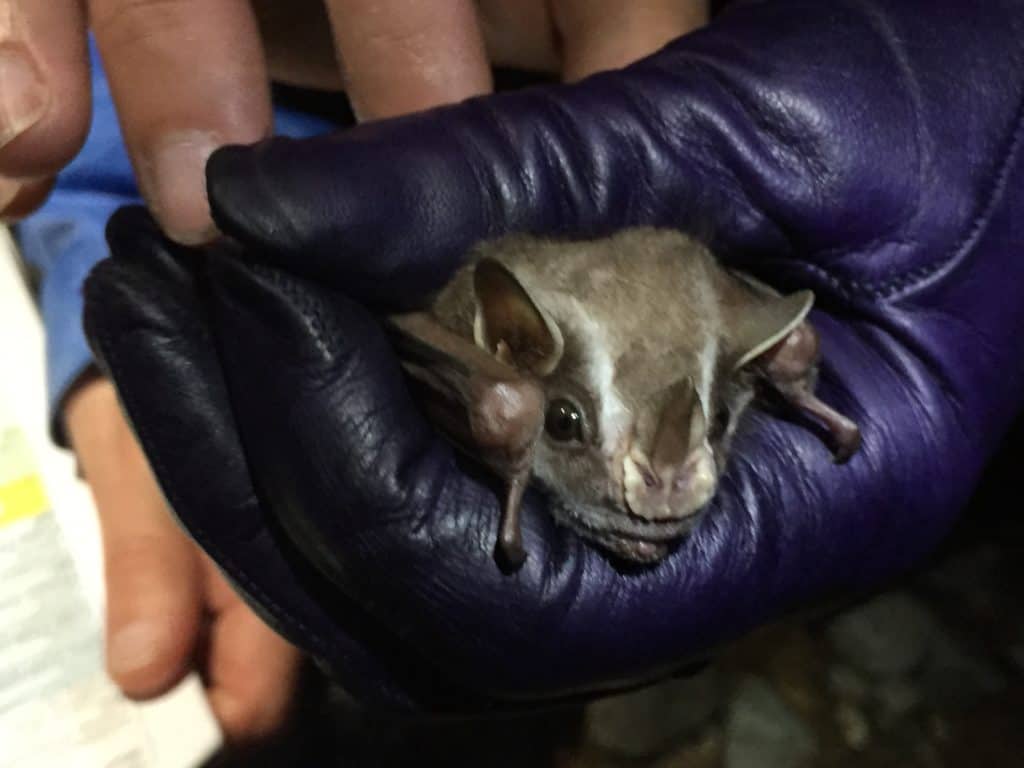
We caught vampires nearly every night at Cocobolo Nature Reserve because it’s adjacent to a cattle ranch. Vampire bats are able to run and jump from the ground. They have heat sensors in their nose, that help them locate capillary-rich locations to make painless feeding incisions, and they have efficient kidneys that allow them to pass the water from blood as fast as they drink. This enables them to go home with a full protein meal. They are also socially sophisticated, forming long-term “friendships,” sharing meals with others in need, and adopting orphans. Unfortunately, due to large-scale introduction of domestic animals, such as cattle, their numbers have greatly increased, enabling them to become pests. Consequently, literally millions of beneficial bats in Latin America have been killed simply because they were mistaken for vampires.
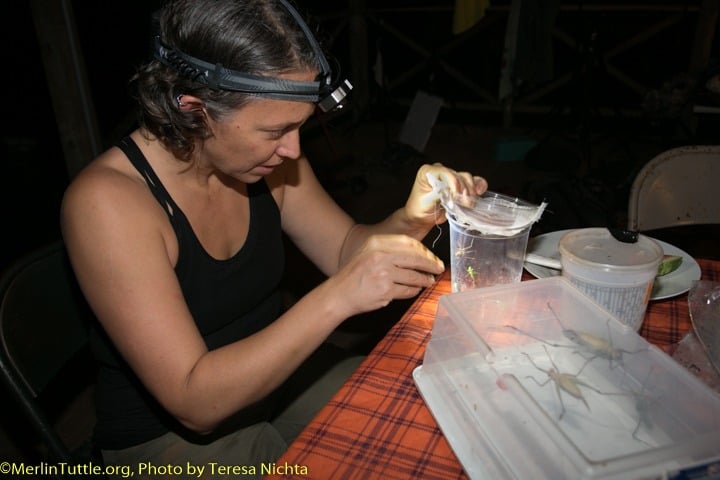
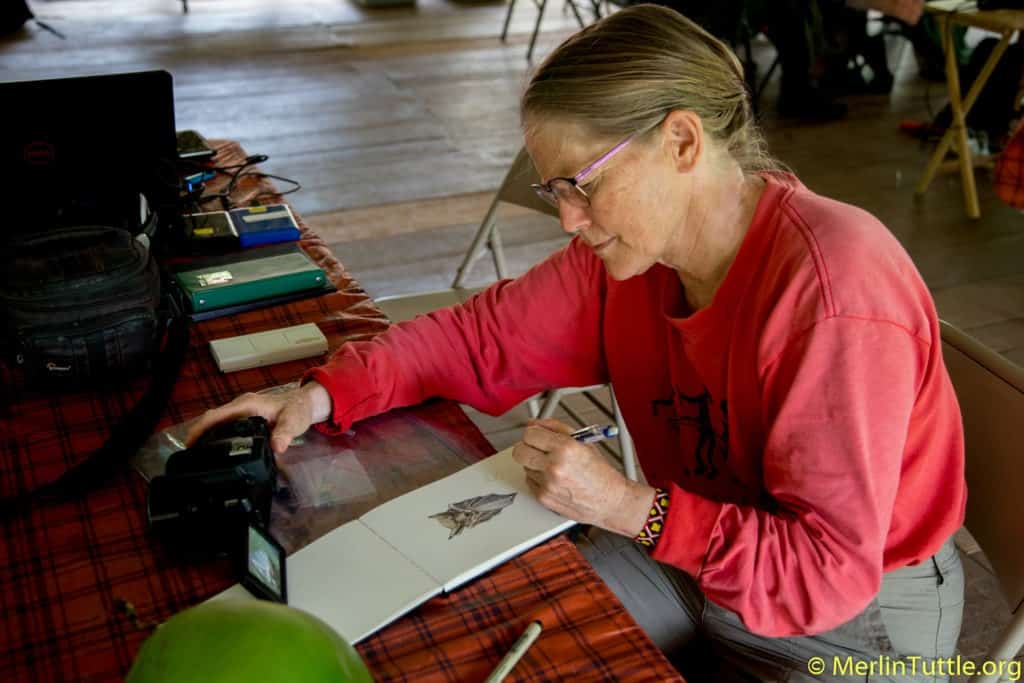
Thanks to our intrepid workshop participants, we have greatly advanced knowledge of bats in the Cocobolo Nature Reserve, more than doubling the number of bat species known to be present. We’ve also added substantially to MTBC’s bat photo library. We especially thank Michael Roy, founder of CREA: Conservation through Research, Education and Action, and owner of Cocobolo Nature Reserve for hosting us. And to the resident scientists, interns and volunteers, Genny, Matt, Zack, Alex, Francisco, Joel and Abel, who took such good care of us and introduced us to a variety of non-bat wildlife on the reserve.
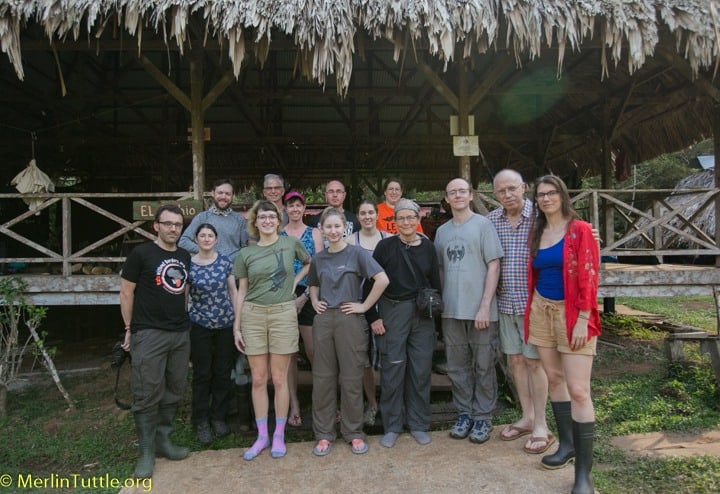
Love our content? Support us by sharing it!
Bats are among the most fascinating yet misunderstood creatures in the natural world, and for many conservationists, a single experience can ignite a lifelong passion
Merlin and MTBC team members spent 19 days in Costa Rica last November on a filming trip for “Bat City” with its Director and Emmy
Bats can use sounds in many complex ways. They can sing and even have different dialects… When imagining a bat, the first thoughts that come
Thanks to all the Join the Nightlife: Bats and Agriculture attendees who joined us out in the field this year! Guests got hands-on experience with
2024 © Merlin Tuttle’s Bat Conservation. All rights reserved.
Madelline Mathis has a degree in environmental studies from Rollins College and a passion for wildlife conservation. She is an outstanding nature photographer who has worked extensively with Merlin and other MTBC staff studying and photographing bats in Mozambique, Cuba, Costa Rica, and Texas. Following college graduation, she was employed as an environmental specialist for the Florida Department of Environmental Protection. She subsequently founded the Florida chapter of the International DarkSky Association and currently serves on the board of DarkSky Texas. She also serves on the board of Houston Wilderness and was appointed to the Austin Water Resource Community Planning Task Force.
Michael Lazari Karapetian has over twenty years of investment management experience. He has a degree in business management, is a certified NBA agent, and gained early experience as a money manager for the Bank of America where he established model portfolios for high-net-worth clients. In 2003 he founded Lazari Capital Management, Inc. and Lazari Asset Management, Inc. He is President and CIO of both and manages over a half a billion in assets. In his personal time he champions philanthropic causes. He serves on the board of Moravian College and has a strong affinity for wildlife, both funding and volunteering on behalf of endangered species.